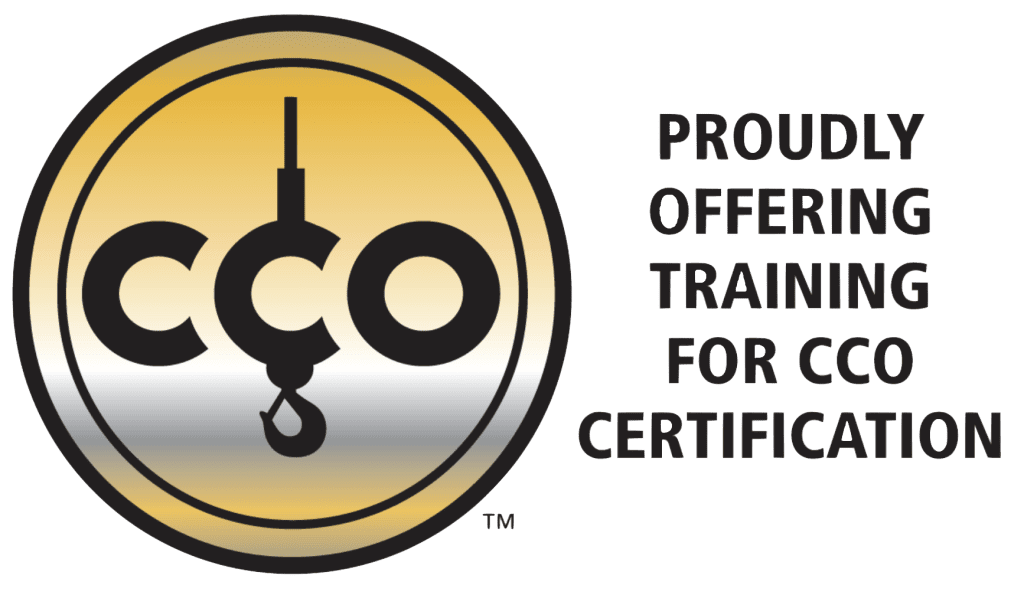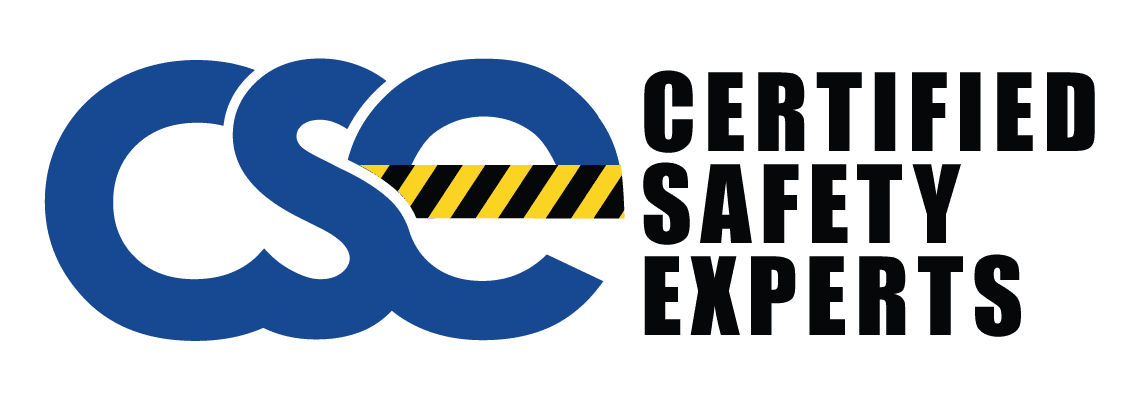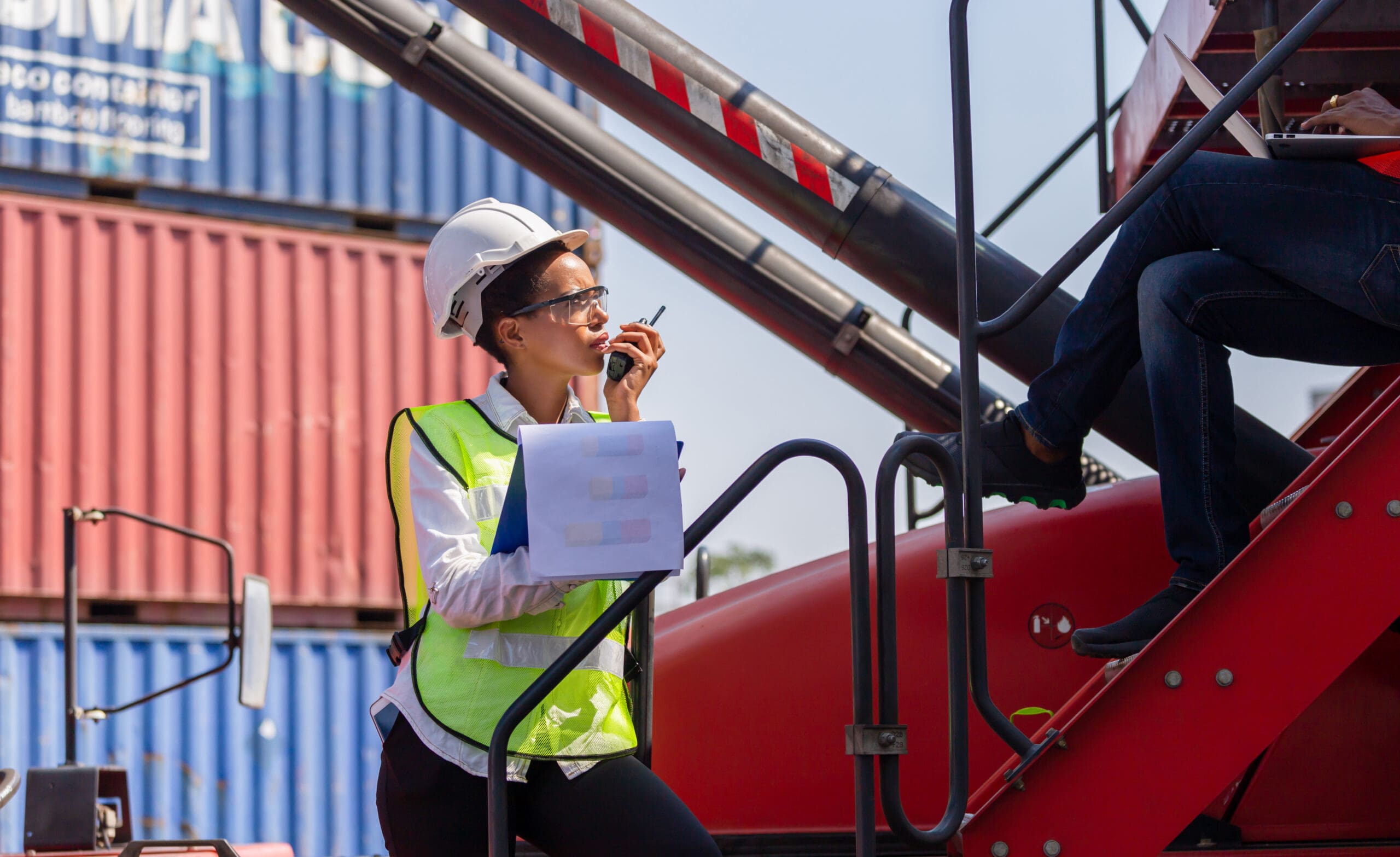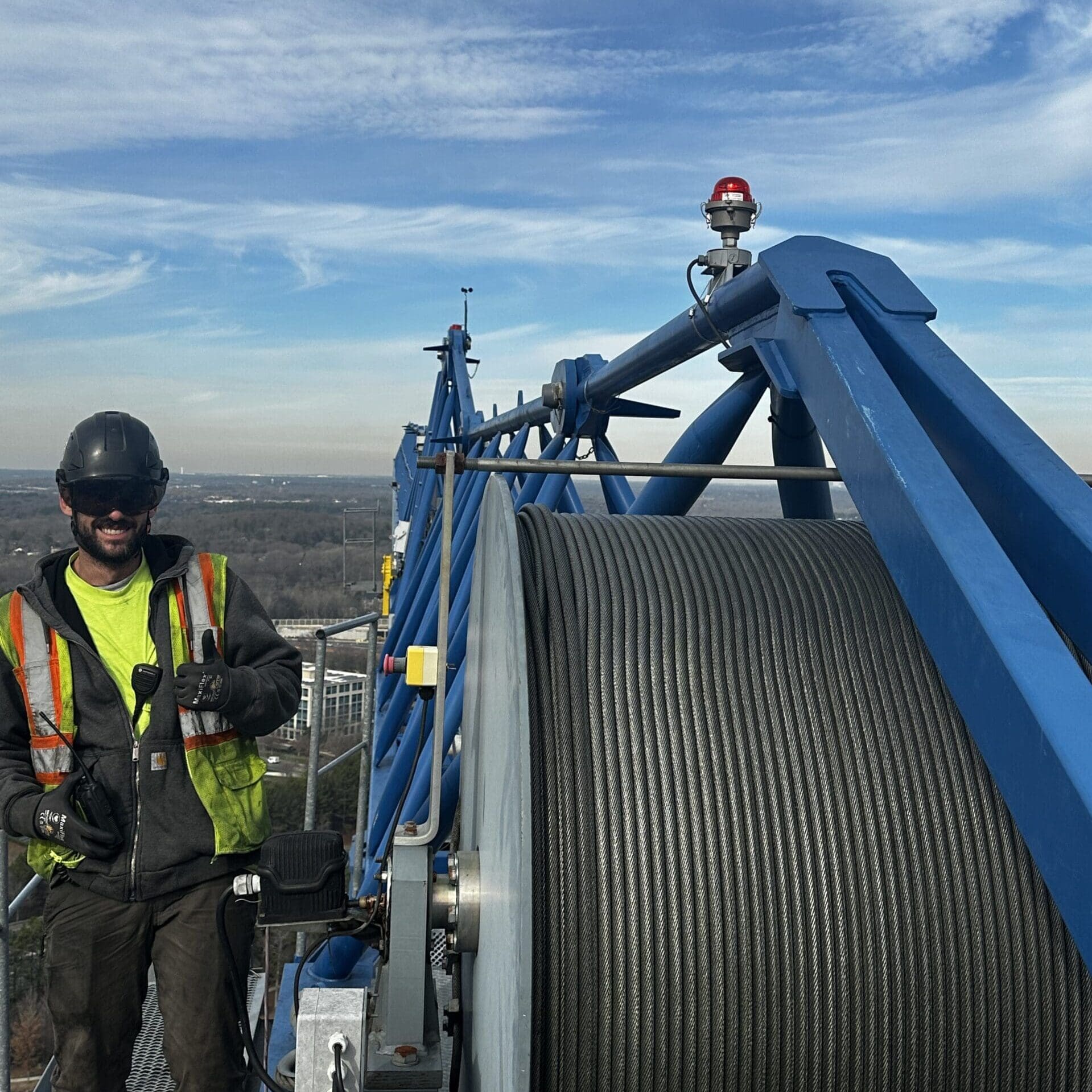How often do you check your cranes before using them? Many think their equipment is fine, but not checking it can lead to big problems. It’s crucial to know how to inspect cranes safely to keep your work area safe and efficient.
Checking cranes often is a must, not just to follow the rules. It helps prevent accidents and keeps your heavy machines working well. Using experts for crane checks can lower risks in lifting, protecting your workers and your equipment.
This guide covers the key parts of crane inspections. We’ll look at rules and what steps you should take. You’ll see why making sure your crane is safe is a must for any crane user.
Key Takeaways
- The importance of regular crane inspections for safety and compliance.
- Key regulations and guidelines governing crane operations.
- The benefits of engaging professional crane inspection services.
- Steps involved in pre-inspection, inspection, and post-inspection processes.
- Understanding and adhering to OSHA crane inspection guidelines.
Understanding Crane Inspection Requirements
Proper crane inspections are key for keeping workplaces safe and making sure equipment lasts longer. A crane inspection company is vital for following annual crane inspection standards. This section explains why these checks are important and talks about the main rules and types of inspections.
Why Crane Inspections Are Crucial
Crane inspections are important for many reasons. They stop accidents by finding dangers and making sure equipment works right. Regular checks also help cranes last longer by finding problems early. Plus, following annual crane inspection standards keeps you in line with the law, avoiding big fines and shutdowns.
Key Regulations and Guidelines
Many groups set rules for crane inspections. The OSHA and ANSI have clear requirements for different crane inspections. These rules make sure cranes, from parts to electrical systems, are checked thoroughly. This meets safety and performance laws.
Common Inspection Types
There are several kinds of crane inspections, each with its own goal:
- Initial Inspections: Done when a crane is new or changed, to make sure it’s safe and meets standards.
- Frequent Inspections: Regular checks to spot any quick problems or wear.
- Periodic Inspections: Detailed checks done yearly to keep cranes safe and working well over time.
Working with a crane inspection company means all these inspections are done well. They follow annual crane inspection standards.
What to Look for in a Certified Crane Inspector
Finding the right certified crane inspector is key for crane safety and performance. It’s important to pick someone with the right qualifications and skills for detailed inspections. Look for these key traits:
A certified crane inspector must have a valid certification from groups like the National Commission for the Certification of Crane Operators (NCCCO). This proves they know how to do thorough crane checks.
Experience is also crucial. An inspector with lots of years in the field can spot issues that others might miss. Working with a trusted crane inspection company shows they’re good at what they do.
The inspector’s education matters too. Training in mechanical or structural engineering helps them understand crane operations and upkeep better.
- Certifications from recognized bodies (e.g., NCCCO)
- Extensive industry experience
- Educational background in relevant fields
It’s important for a certified crane inspector to keep up with new standards and tech. They should take part in seminars and workshops to stay current with crane inspection best practices.
In summary, picking a skilled and experienced certified crane inspector from a respected company is vital. With the right certifications, experience, and knowledge, businesses can lower the risks of using cranes.
Steps for Conducting Crane Inspections
Inspecting cranes is key to keeping them safe and working right. This guide will walk you through the important steps for a detailed check-up.
Pre-Inspection Preparation
Getting ready for a crane inspection is crucial. You need to look at the crane’s past, have the right tools, and get documents ready.
- Review previous inspection reports and maintenance records
- Gather all the required tools and equipment
- Ensure personnel involved understand the crane safety inspection protocol
Inspection Procedures
When inspecting, follow a step-by-step plan to check all important parts. Here’s how to inspect cranes well:
- Look over the crane for wear, corrosion, or damage
- Make sure mechanical parts like the hoist, hooks, and chains work
- Check electrical systems and controls to see if they’re running right
- Ensure safety gear like limit switches and emergency stops work
- Oil moving parts and check for signs of too much friction or wear
Post-Inspection Reporting
After inspecting, it’s important to document and share what you find. This makes things clear and keeps track of maintenance history:
- Write a detailed report of what you found
- Point out any issues or things that need quick action
- Suggest repairs or replacements needed
- Keep the report for later use and to follow rules
By using these steps for crane inspections, you keep your operations safe and efficient.
OSHA Crane Inspection Guidelines
The Occupational Safety and Health Administration (OSHA) sets rules for crane safety and reliability. Following these rules is key for safe operations and meeting federal laws. This part will cover how to meet OSHA standards and what documents you need for keeping records.
Compliance with OSHA Standards
To follow OSHA crane inspection guidelines, you must do regular checks and follow set rules. These rules say that only a trained person or a certified crane inspector can do the checks. They must look at the crane’s structure, mechanical parts, and safety gear. Not following these rules can lead to fines and more accidents.
- Regular maintenance checks as per OSHA recommendations.
- Verification of the proper functioning of safety devices.
- Ensuring structural components are free from defects.
Documentation and Record-Keeping
Keeping good records is key under the crane safety inspection rules. OSHA wants detailed records of all inspections, repairs, and maintenance. These documents must be easy to find for inspectors and show the crane’s safety status over time.
- Log all inspection dates and findings.
- Record any repairs or adjustments made following an inspection.
- Keep records of qualifications and certifications of the inspectors.
Good record-keeping helps meet OSHA standards and keeps a clear history of inspections. This helps prevent safety issues and makes operations more efficient.
Overhead and Mobile Crane Inspection Checklists
Inspecting overhead and mobile cranes is key to their safety and effectiveness. Using a detailed overhead crane inspection checklist and following mobile crane inspection requirements covers all important points. Here are some essential items for your inspection lists.
- Visual Inspection: Look for any damage, wear, or corrosion on crane parts like hooks, wire ropes, and structures.
- Operational Test: Make sure all controls, safety devices, and limit switches work right.
- Lubrication: Check that moving parts, including bearings and gears, are well-lubricated as per the manufacturer’s advice.
- Alignment: Ensure the crane’s runway, bridge, and trolley tracks are properly aligned to avoid uneven wear and malfunction.
- Electrical Systems: Check electrical parts, including wiring, for any damage or wear.
- Hydraulic Systems: For mobile cranes, inspect hydraulic lines, cylinders, and controls for leaks or damage, making sure they meet the inspection needs.
- Load Testing: Do a load test to make sure the crane can handle its rated capacity without problems.
- Documentation: Keep detailed records of inspection results, repairs, and maintenance as part of your overhead crane inspection checklist.
Following these guidelines ensures high safety and performance in using overhead and mobile cranes. Regular checks meet safety rules and also extend the equipment’s life and efficiency.
Conclusion
Regular and thorough crane inspections are key to safety and compliance. This guide has shown you the steps and why they matter. By following these standards, you boost safety and avoid fines.
Choosing a top crane inspection company is vital for your business. They have the skills to spot and fix problems early. Working with experts ensures your equipment meets safety and performance standards.
To keep your cranes safe and working right, get an inspection from a trusted provider. Don’t wait, contact a professional crane inspection company today. For quick help, call (919) 326-3742 and keep your operations safe and legal.
